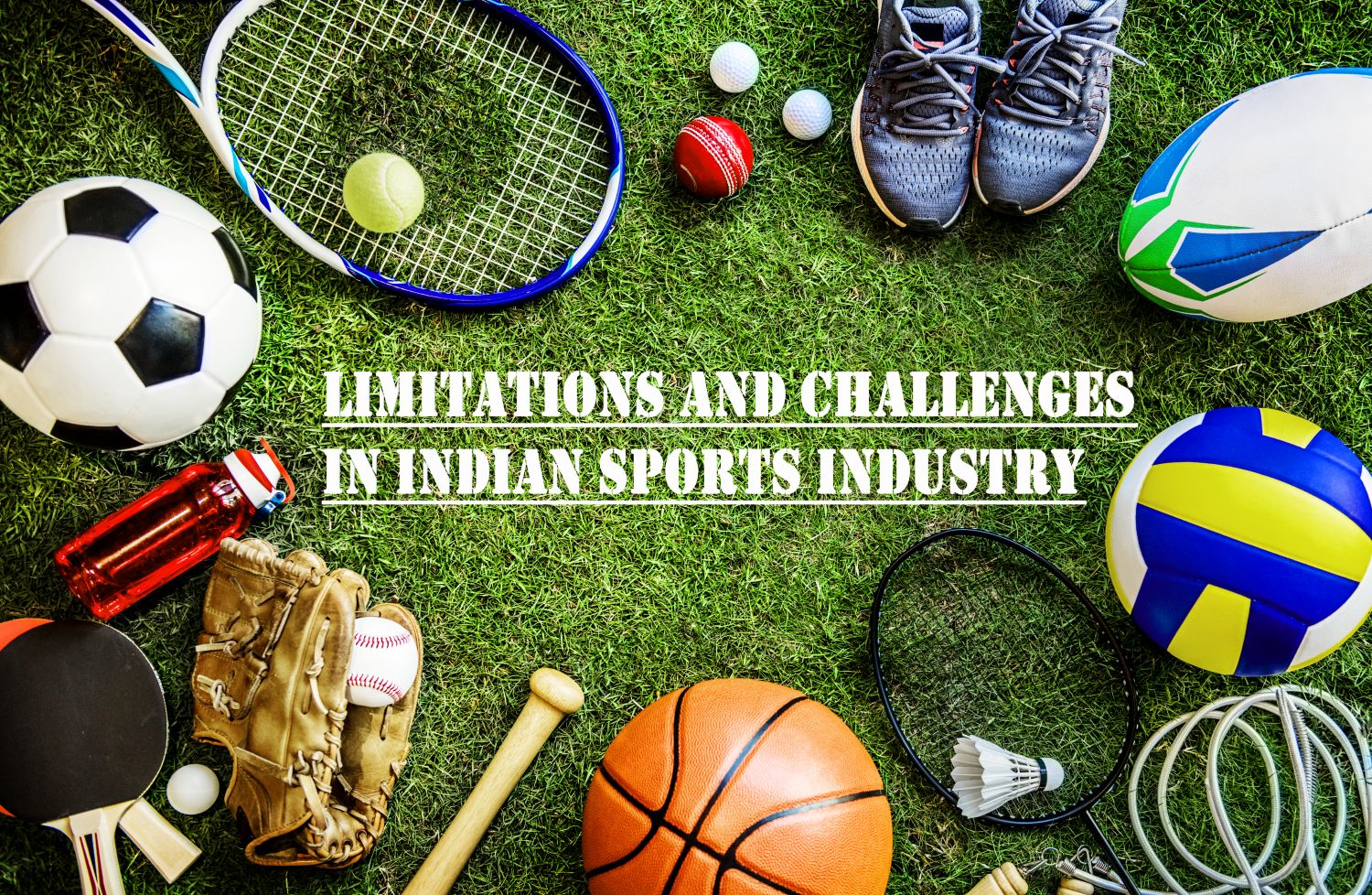Limitation and Challenges in Indian Sports Industry
27 Oct, 2025 | By Unifying Expo
The Indian sports business has changed
a lot in the last twenty years. Indian
sports aren't as popular as they may be due to many issues that make growth and
promotion difficult. The sports
environment is broken in many ways that need to be fixed right away if India
wants to become a world-class sports nation. Some of these problems are bad
infrastructure, and some lack support from authorities.
Infrastructural
Gaps and Facility Shortage
There
is a big problem in the Indian sports business that will not go away: there
isn't enough good equipment. Large cities have
contemporary venues and training facilities. However, many top players live in
rural and semi-urban areas without essential facilities. Many district-level
locations are neglected and lack restrooms, lighting, and tools.
Sports infrastructure development has not kept pace with the country’s
population or talent potential. For many athletes, especially in non-cricket
sports, training facilities are outdated or inaccessible. The emphasis on
cricket has led to disproportionate allocation of funds, leaving other
disciplines with minimal resources. Without high-quality infrastructure, even
the most talented athletes struggle to compete at international standards.
Inconsistent
Funding and Lack of Financial Support
Indian
sports are still having a hard time getting enough money, which is one of the
biggest problems with their growth. Government programs like Khelo India and
Target Olympic Podium Scheme (TOPS) have given some money, but these are still
only for the best or most well-known athletes. Small academies, events at the
school level, and grassroots groups don't always have money coming in.
The corporate sector mostly gives money to sports that can make money, like
cricket, or to teams that have strong brand values. The government still gives
money or sponsors to sports like gymnastics, swimming, and athletics, but this
doesn't always happen. People who don't plan their finances for the long term
find it harder to get better, and sports are less likely to be able to be a
long-term job.
Governance and
Administrative Inefficiencies
People have long said that Indian
sports organizations are too closed off, too bureaucratic, and let politics get
in the way of their job. Thus, many
federations are controlled by sports novices. This wastes money and causes bad
decisions.
Other issues that impede progress are unfair selection, cheating in sports, and
rules that aren't implemented on time. The administration's attention shifts
from the players' well-being to internal politics all the time. From promoting
athletes at the local level to representing the country at the world level,
this makes everything less useful. To fix India's sports system, it needs to be
managed by skilled professionals, led by moral people, and not be controlled by
politics.
Limited Access to
Quality Coaching
Coaches are an important part of any
sports setting that works well. There are
few experienced and accredited trainers in India, especially outside of the
major cities.
Adults under 30 don't want to teach full-time because of low income and little
career opportunities. Because of this,
players often train in old ways that don't meet the success standards around
the world. No mentorship programs assist young players develop
the technical and mental qualities they need to succeed at higher levels.
Talent
Identification and Grassroots Development
The fact that India has a lot of
people gives it an edge when it comes to sports ability. The way this ability
is found and developed, on the other hand, is not very good. In each state,
grassroots development projects are split up and run in a different way. Schools don't always hold timely or planned events to help young players
improve.
Khelo India and other projects are trying to fill this gap, but they can't meet
national needs. Many smart kids
in rural places don't get noticed because there aren't enough networks to find
them or enough money for them to play sports professionally. Indian players
could be lost if the country doesn't make it easy for kids to get to the top
levels of sports.
Lack of Sports
Science and Technology Integration
Physiology, food, data analysis, and
sports science are all important parts of many modern sports. In Indian sports, on the other hand, these newer methods are still being
used in their early stages. It is not common for athletes to train with
physiotherapists, nutritionists, or performance analysts, and only a few of the
best centers offer scientific advise.
Maintaining development and safety without tech-based performance tracking
tools is difficult. AI-based training analytics, biomechanical evaluation, and recovery
solutions help global rivals, but India is far behind. You must invest in
sports science to compete globally.
Media Bias and
Unequal Coverage
Cricket has a big impact on the Indian
media because it gets most of the sponsorships, viewers, and news. There are
other games that have done great things, but they don't get as much attention.
Not only does this slant in the media hurt people, but it also hurts business
deals and growth.
Athletes who are good at sports like wrestling, shooting, or athletics on a
world level often have trouble getting money or attention. Fair coverage in the
media is important for making a society that views all sports the same and
encourages kids to try new ones.
Conclusion
There is a big change coming up in the
Indian sports business. In some ways, the country looks very bright. The people
are young, becoming more aware, and eager to play more sports. Concerns about money, people, facilities, and government mean it can't
become world-class. India needs a well-thought-out answer that includes input
from the community, private funding, and help from the government. It's very
important to support sports as a job and way of life. When policy changes, neighbourhood
programs, and athlete care are all in line with the long-term goal, Indians can
go from being fans to being champions.